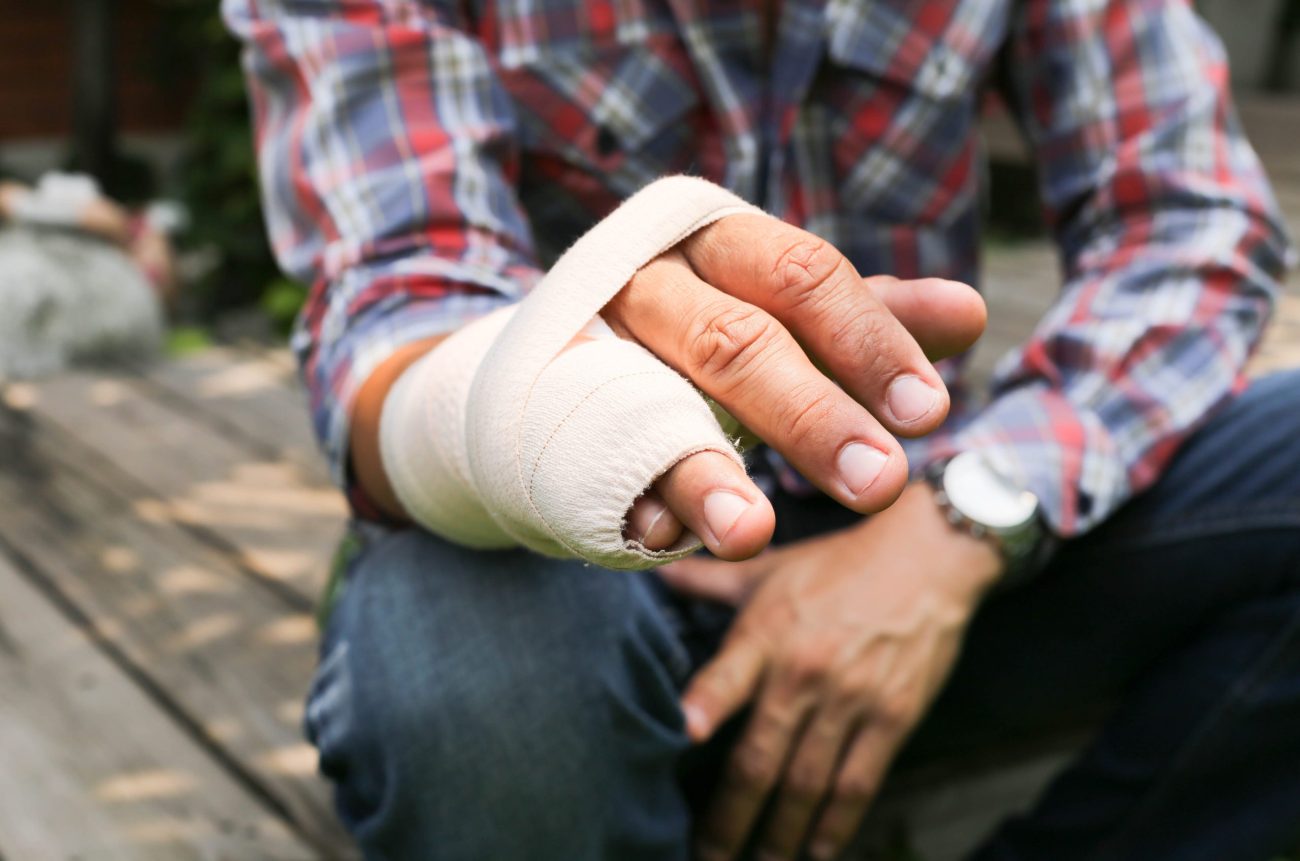by Adam Vognild

If you’re new to getting outdoors and eager to expand your knowledge and adventures, proper planning is essential. Start with a solid trip plan: decide where you’re going, when you’re leaving and returning, and make sure someone knows your plan, including when to call 911 if you don’t check in. Remember, speed is safety, if you can’t move quickly, start early. Check the weather and trail conditions, paying attention to factors like sun exposure, wind, bugs, snakes, and other potential hazards. Evaluate the trail’s location, length, elevation gain, ruggedness, and exposure. Consider practical details such as cell coverage, the amount of daylight, and whether it’s hunting season. Don’t forget to check if the area is dog-friendly and review fire activity, air quality, and fire history to ensure a safe and enjoyable experience.
I rely on a variety of resources to plan and navigate outdoor adventures effectively. These include Wenatchee Outdoors, Trailforks, and the Washington Trails Association (WTA) for trail information and updates. For mapping and route planning, I use tools like CalTopo, Topomaps, and other apps such as OnX, Gaia GPS, and AllTrails. These resources help ensure thorough preparation and safer outdoor experiences.
When considering group dynamics for an outdoor adventure, it’s important to identify a group leader and ensure that everyone shares the same objectives, skills, and level of risk tolerance. Assess the group’s overall fitness to determine if all members, including any dogs, can handle the planned distance and terrain. Additionally, take into account medical needs, such as necessary medications or equipment for conditions like diabetes, asthma, or allergies (e.g., EpiPen), as well as supportive gear like knee or ankle braces. Proper planning and communication can help ensure a safe and enjoyable experience for everyone.
These items are essential for staying safe and comfortable during outdoor excursions.
Additional items to enhance your preparedness include extra clothes like socks, a buff, and a warm puffy jacket. It’s also wise to carry electrolyte powder packets for hydration and essentials like ibuprofen, acetaminophen, antihistamines, or Imodium for basic medical needs. Other useful gear might include a helmet and hiking poles for added safety and support.
Remember to support local organizations that help keep you safe in the backcountry. Consider donating to or volunteering with groups like Chelan County Mountain Rescue or Chelan County Search and Rescue.
I have been exploring the West and the Cascades for over 35 years, starting on Saddle Rock. For nearly two decades, I have been an active member of C.C.M.R. My passions include alpine climbing, backcountry skiing, trail running, and mountain biking. Professionally, I work as a personal trainer and health coach, helping others achieve their fitness and wellness goals.


